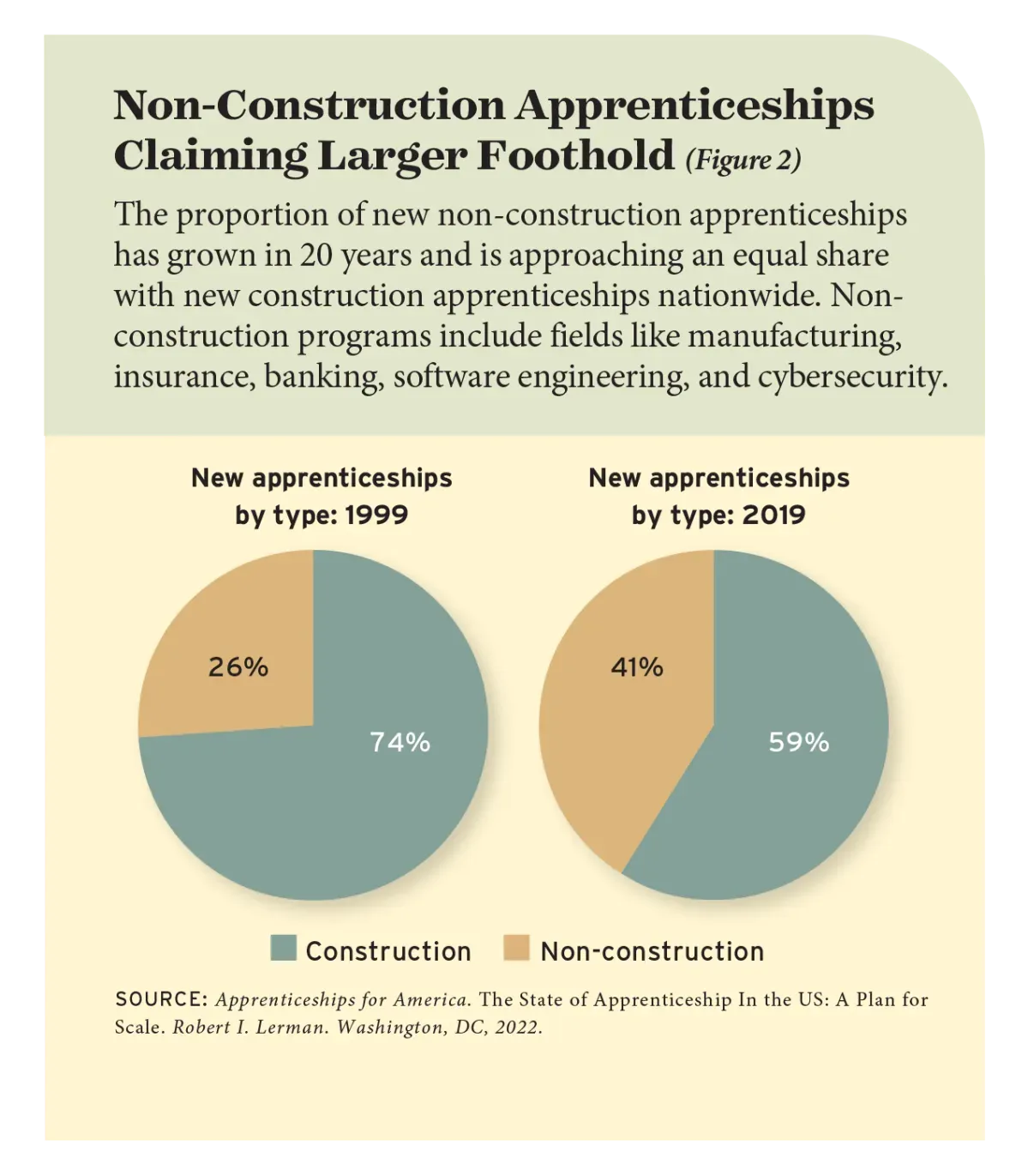The Resurgence of Apprenticeship in the Digital Age
Incorporation of Apprenticeship Guide

Step into the future of workforce development with a nod to the past. Apprenticeships, once the cornerstone of skilled trades, are experiencing a dynamic revival in the digital era. This resurgence offers businesses a strategic avenue to nurture talent and drive success in an ever-evolving landscape. Join us as we explore how apprenticeships are being reinvented for the modern workforce.
The Evolution of Apprenticeships
The evolution of apprenticeships has seen a transition from traditional craft-based training to encompass a broader range of industries and skills. Modern apprenticeships often include formal education, on-the-job training, and certification programs tailored to specific professions, reflecting the changing demands of the workforce and economy. Additionally, technology has played a significant role, with online platforms and virtual training tools enhancing accessibility and flexibility for both apprentices and employers.
Reviving Apprenticeships for the Digital Age
Reviving apprenticeships for the digital age involves adapting traditional models to meet the needs of today's industries. This includes integrating digital tools and technologies into training programs, offering apprenticeships in emerging fields such as cybersecurity, data science, and software development, and partnering with industry leaders to ensure relevance and effectiveness. Emphasizing lifelong learning, continuous upskilling, and remote learning options can also make apprenticeships more accessible and attractive in the digital era.
Growth


Benefits
According to
ApprenticeshipUSA
, a network of over 150,000 employers in more than 1,000 occupations, apprenticeship is developing a new generation of workers to help our nation succeed in the 21st-century economy.
Apprenticeship programs help employers:
- Recruit and develop a highly-skilled workforce that helps grow their business
- Improve productivity, profitability, and an employer’s bottom line
- Create flexible training options that ensure workers develop the right skills
- Minimize liability costs through appropriate training of workers
- Receive tax credits and employee tuition benefits in participating states
- Increase retention of workers, during and following the apprenticeship.
Additionally, employees are tremendously benefited through:
- Hands-On Learning : Apprenticeships provide practical, hands-on experience in real-world settings, allowing participants to develop valuable skills directly applicable to their chosen field.
- Career Advancement : Apprenticeships offer a pathway to career advancement by combining on-the-job training with formal education, enabling participants to acquire industry-recognized qualifications and certifications.
- Earning While Learning : Apprentices earn a wage while undergoing training, allowing them to financially support themselves and potentially graduate with little to no student debt compared to traditional educational routes.
- Industry-Relevant Skills : Apprenticeships are tailored to specific industries and occupations, ensuring that participants acquire the precise skills and knowledge needed to excel in their chosen field, increasing their employability.
- Employer Engagement : Employers benefit from apprenticeships by gaining access to a skilled workforce tailored to their needs, fostering a culture of learning and development within their organization, and potentially reducing recruitment costs by retaining trained apprentices as employees.
Strategies for Success
- Clear Goals and Expectations : Establish clear goals, learning objectives, and expectations for both apprentices and employers to ensure alignment and focus throughout the apprenticeship program.
- Effective Mentorship and Supervision : Provide dedicated mentors and supervisors who can offer guidance, support, and constructive feedback to apprentices, facilitating their learning and development.
- Structured Training Plan : Develop a structured training plan that outlines the curriculum, milestones, and assessments, ensuring that apprentices receive comprehensive and systematic instruction in their chosen field.
- Continuous Evaluation and Feedback : Regularly evaluate apprentices' progress and performance, providing timely feedback to identify strengths, areas for improvement, and opportunities for further development.
- Integration of Technology : Incorporate digital tools and technologies to enhance the learning experience, such as online courses, virtual simulations, and e-portfolios, maximizing engagement and accessibility for apprentices.
In a world defined by rapid change, apprenticeships offer a timeless solution to the challenges of workforce development. By embracing apprenticeship programs, businesses can unlock the potential of emerging talent while nurturing a culture of innovation and lifelong learning. As we navigate the digital age, let us embrace the wisdom of apprenticeships, revitalized for the demands of tomorrow.
